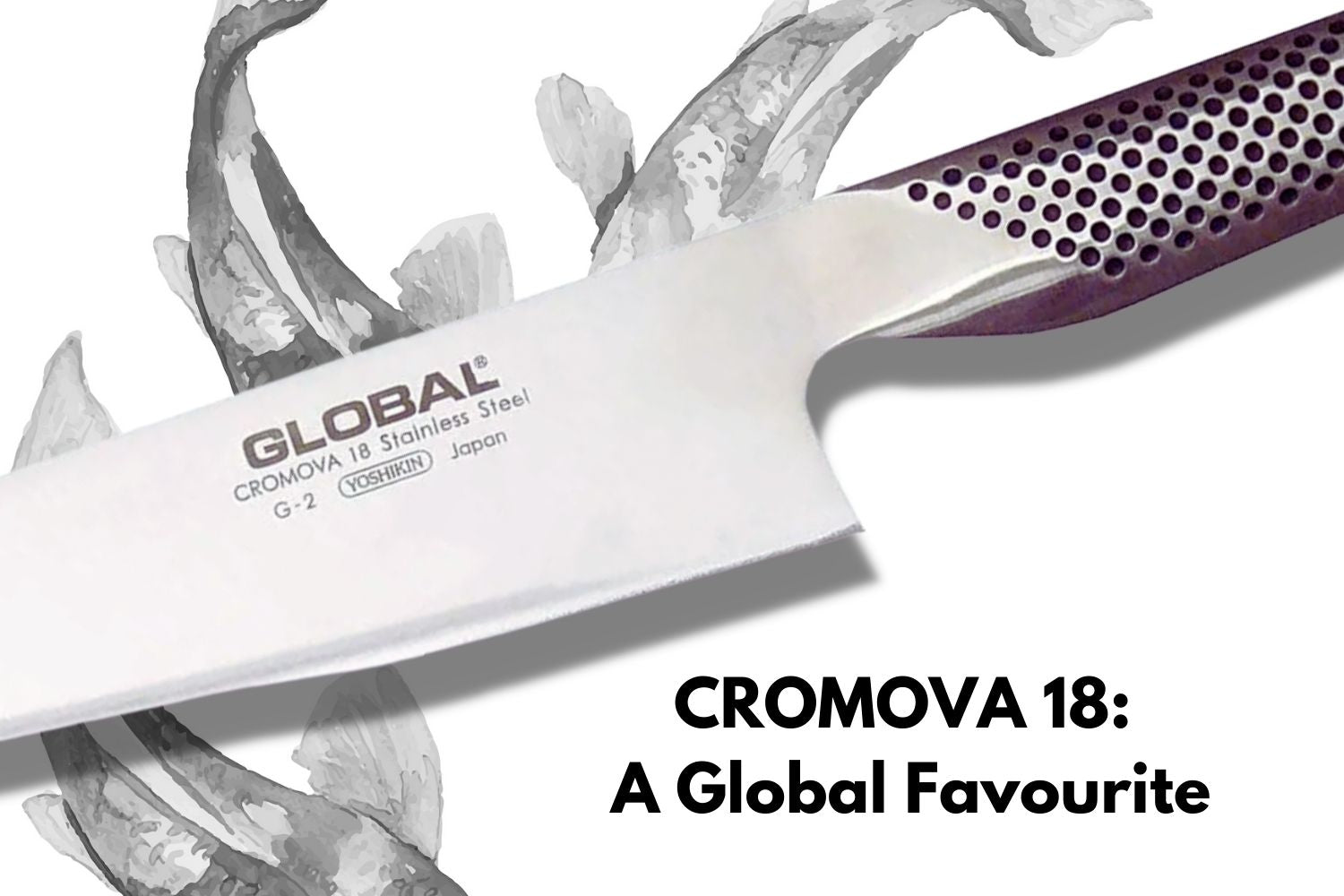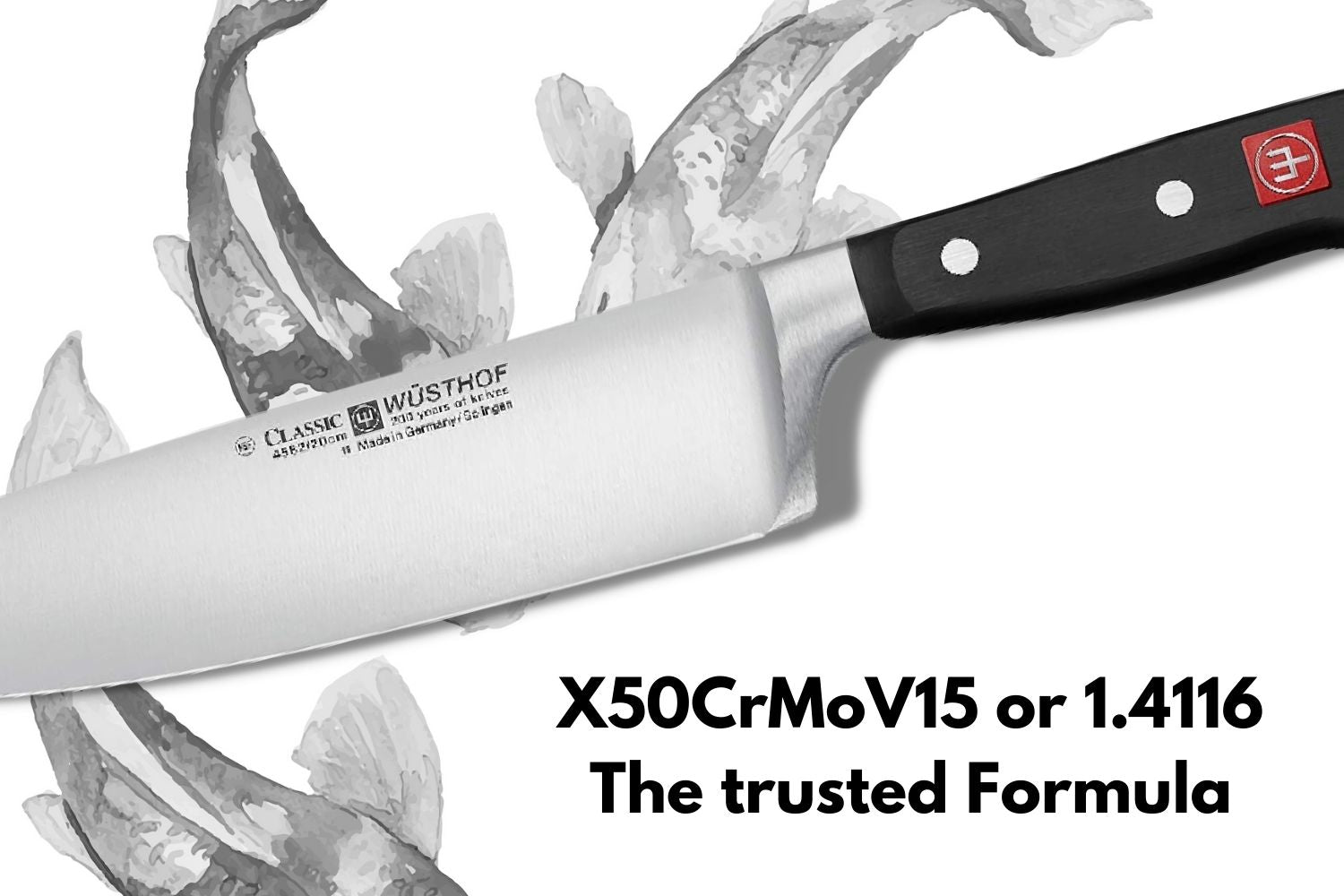Location
Tokai, Japan
Company Overview
The Aichi Steel Corporation manufactures steel products for use in various industry ranges. Established in 1934 as Aichi Seiko, the steel manufacturing department of Toyoda Automatic Loom Works (the predecessor of Toyota Industries), Aichi Steel became an independent company in 1940, changing its name in 1945.
Aichi's top product in kitchen knives is the AUS-10 stainless steel, which contains high amounts of carbon (1.05) and exhibits greater strength and flexibility than other AUS-series stainless steel. Knives made from AUS-10 stainless steel are created by hammering the material with an offset design that minimises strain on the edge. This process creates a robust blade with an easy-to-maintain edge that will retain its sharpness for longer than other knives.
Steel Types
Aichi Steel manufactures range of steels used in kitchen and sports knife making. The most popular of which are the AUS series of steels:
- AUS1
- AUS6
- AUS8
- AUS10
For the AUS10, some of the main characteristics of the knife is the high Rockwell rating (HRC 60), which creates a rock solid blade that maintains its edge for much longer than European style knives (which are usually around HRC54-56).
Aichi’s AUS-10 is considered stainless steel because it contains high amounts of chromium in its alloy. This alloy also contains nickel and vanadium elements, which combine to make it resistant to rust and other corrosive substances. AUS-10 steel has a carbon content of 1.05 percent, resulting in a high hardness level.
Read more about this fascinating steel here.
Sharpening & Maintenance
It is easy to sharpen knives made with Aichi’s AUS-10 stainless steel, and the blades attain a very sharp edge. The toughness of AUS-10 steel also ensures that the knives will not break or chip under pressure during sharpening and repeated cutting.
One of the misconceptions with harder steel knives is the idea that the harder the steel, the tougher they are to sharpen. In fact, the opposite is true. Softer steel knives take longer to sharpen as the flexibility in their hardness prevents the edge from being ground as quickly.
If your AUS-10 steel knives become dull over time, using a pull-through sharpener or honing rods is not recommended. We recommend using whetstones or Japanese waterstones.




